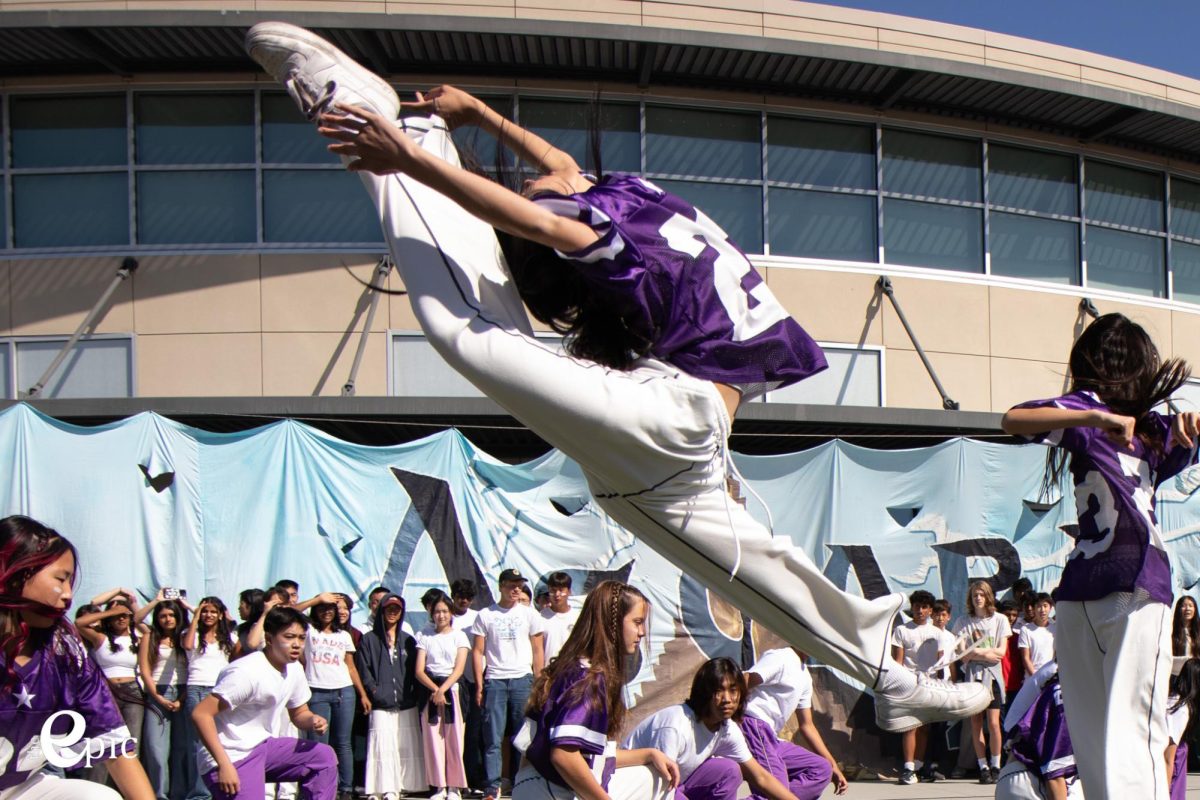Editorial: Need for sexual assault and harassment resources on campus
March 1, 2018
Sexual assault is a topic commonly viewed as taboo, but with various Hollywood sexual harassment and assault scandals making headlines, this complicated issue has become increasingly difficult to ignore. Initiating discussions about sexual assault and the protections that the Lynbrook student body should receive is integral in creating a healthier school environment.
Victims are often reluctant to report or share their experiences with harassment for fear of being reprimanded by parents or other adults, such as school administrators. Along with the stigma surrounding the topic, victims can often feel ashamed for having experienced sexual harassment. According to a 2011 report on sexual harassment at school by the American Association of University Women, only nine percent of sexual harassment is reported in grades seven through twelve, though one in three-to-four girls and one in five-to-seven boys under 18 were harrassed in high school in 2015, as reported by the Huffington Post.
“Assault is such a difficult topic to cover because it’s so hard to imagine,” said sophomore Aarushi Gupta. “Bringing awareness [to the subject] will help people feel safer and understand boundaries and regulations.”
Sex education during freshman year covers consent and sexual assault, while school disciplinary policies discuss zero tolerance policies; however, beyond these two instances, there is little discussion of sexual and verbal abuse. Though it may be difficult to fit these topics into the busy schedules of both teachers and students, access to additional information concerning these subjects should be made available; potential methods include tutorial workshops, a resources page on the Lynbrook website and an online form to report sexual misconduct.
“People don’t want to talk about [sexual harassment] because it’s really personal and some people don’t want to seem weak, so they just keep it to themselves,” said freshman Austin Tong. “Our friends won’t always know what to do, so it’s really beneficial to be covering this topic in class so more people can become comfortable with it.”
To ensure that students are receiving education on these topics, consent and sexual assault workshops held during the additional tutorials of the 2018-2019 school year would educate students on sexual harassment, sexual abuse, relationship violence and consent.
“The extra tutorial would benefit students as [sexual harassment and verbal abuse] are topics that are rarely addressed,” said junior Sonali Mbouombouo. “People don’t make a big deal out of these problems, but they happen here too and should be addressed.”
In addition to providing students with more information regarding sexual misconduct during the tutorial workshops, an easily accessible resources page on the Lynbrook website would provide students with sources to reach out to for help, including guidance counselors, administration and additional hotline numbers. In addition to contacts, the page could provide links to various websites, such as 1in6; LoveisRespect; and the Rape, Abuse and Incest National Network, which emphasize healthy relationships as well as recognizing signs of abuse and guidelines on what to report. An inclusive resources page containing sources for people of all genders, sexualities and identities would be especially helpful.
“I think bringing up these topics could make a difference in that it’s a more ongoing conversation and awareness can lead to many different things,” said assistant principal Eric Wong. “We need more of a conversation understanding what [harassment and abuse] look like, what happens if you experience it and what actions to take. I think giving those strategies to students and continuing to just talk about them are good life skills for anyone to have.”
In addition to the tutorial workshops and resources page, Lynbrook should also support victims of sexual harassment on campus by providing a more accessible method for reporting incidents. Currently, students can report sexual harassment by talking to a teacher, guidance counselor, member of administration or any other staff member; however, not all students are comfortable with face-to-face interaction and may feel hesitant to report to adults for this reason. Thus, a resource such as an online form could serve as a way to initiate communication with an administrator of the student’s choice, while providing a sense of anonymity as they would have the option to complete the form without using their name, and only provide their student ID, which is needed to ensure credibility and allow administration to investigate the case. This would later lead to scheduled in-person meetings to discuss further actions.
Promoting awareness of the resources available for sexual assault and harassment victims not only creates a safer environment for both students and staff, but is also an important move to break down the stigma surrounding sexual assault in high school. A much needed update in protocols for reporting and educating students about sexual misconduct is necessary to make all members of the community feel secure.
































































